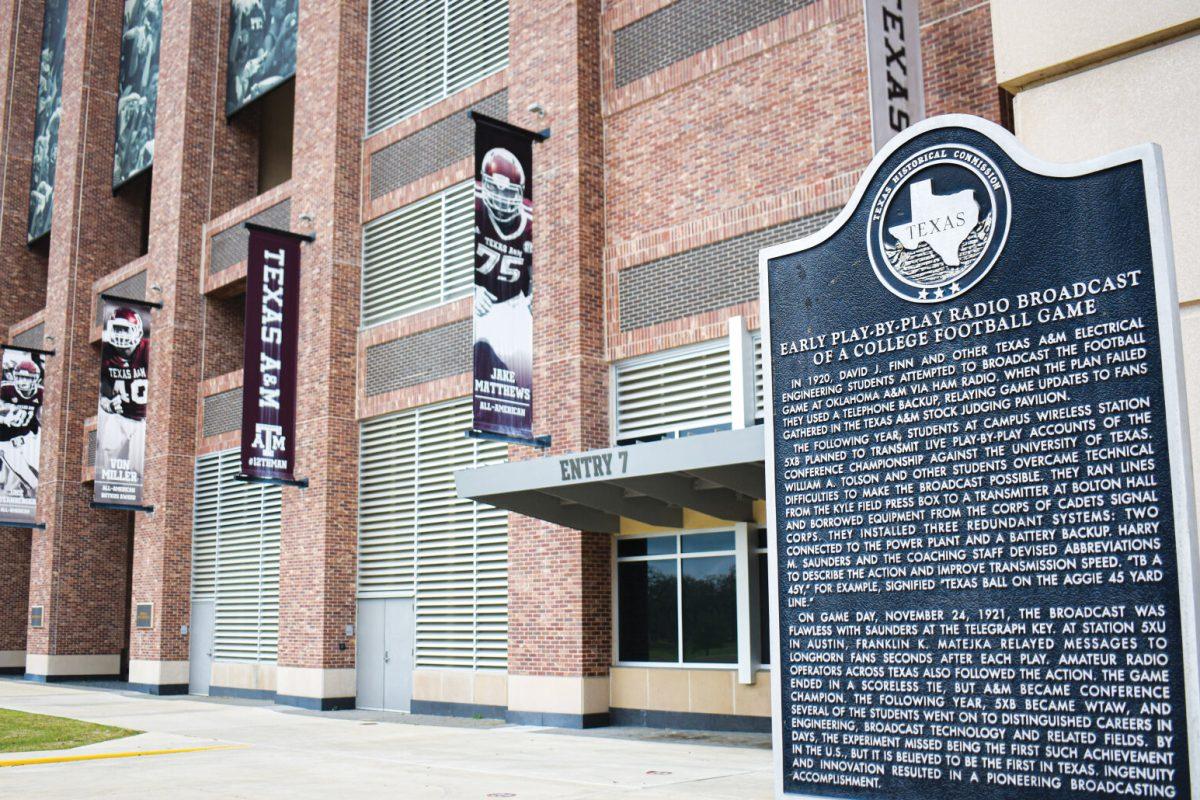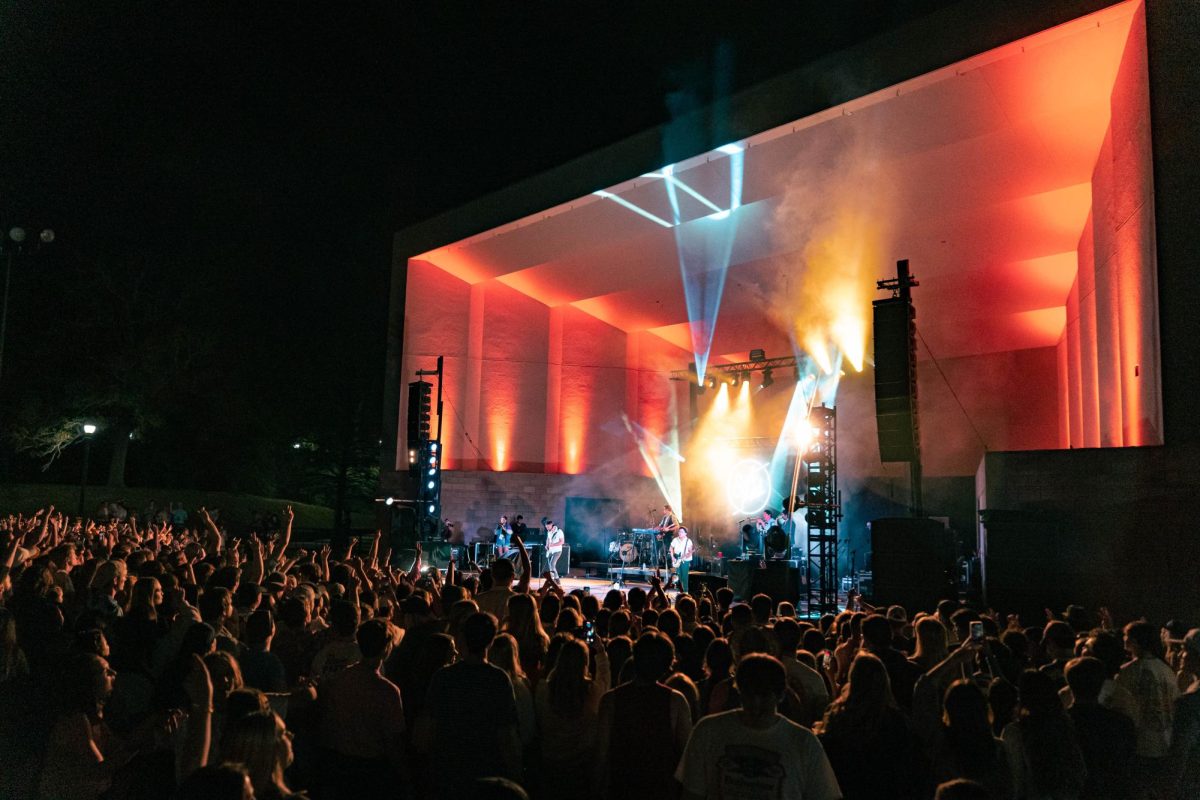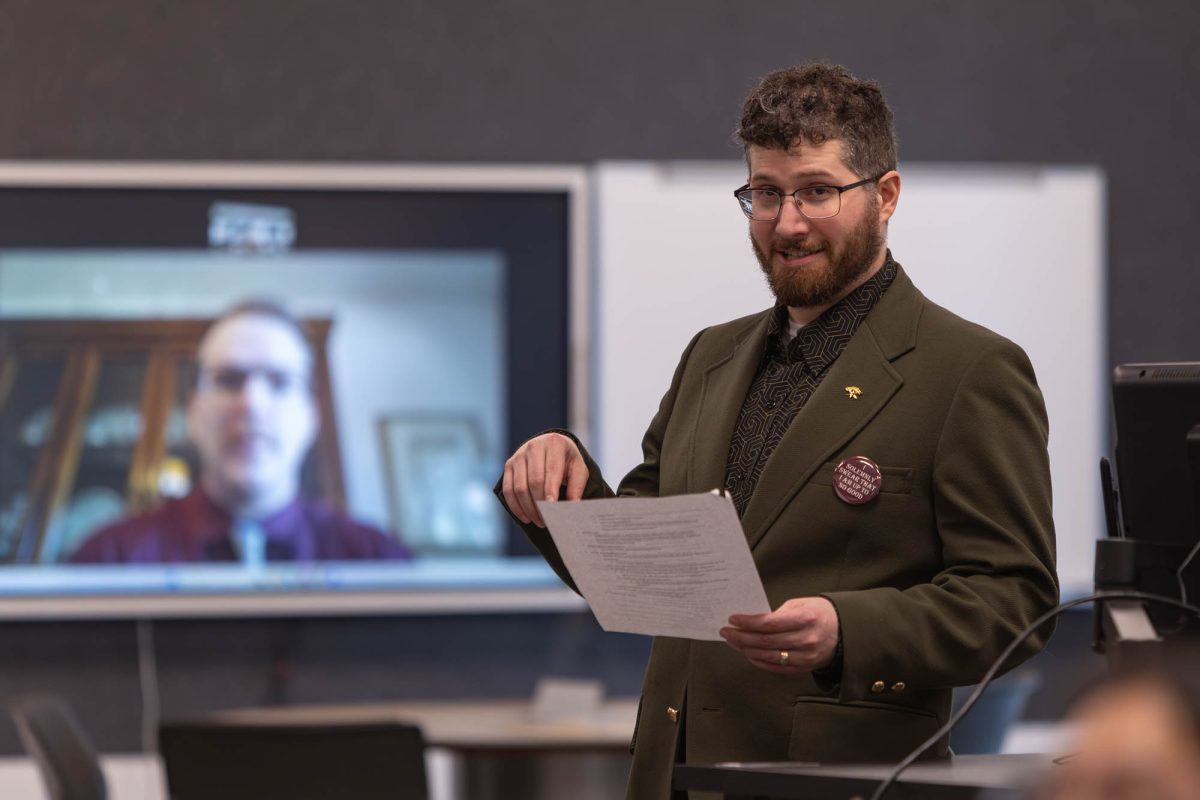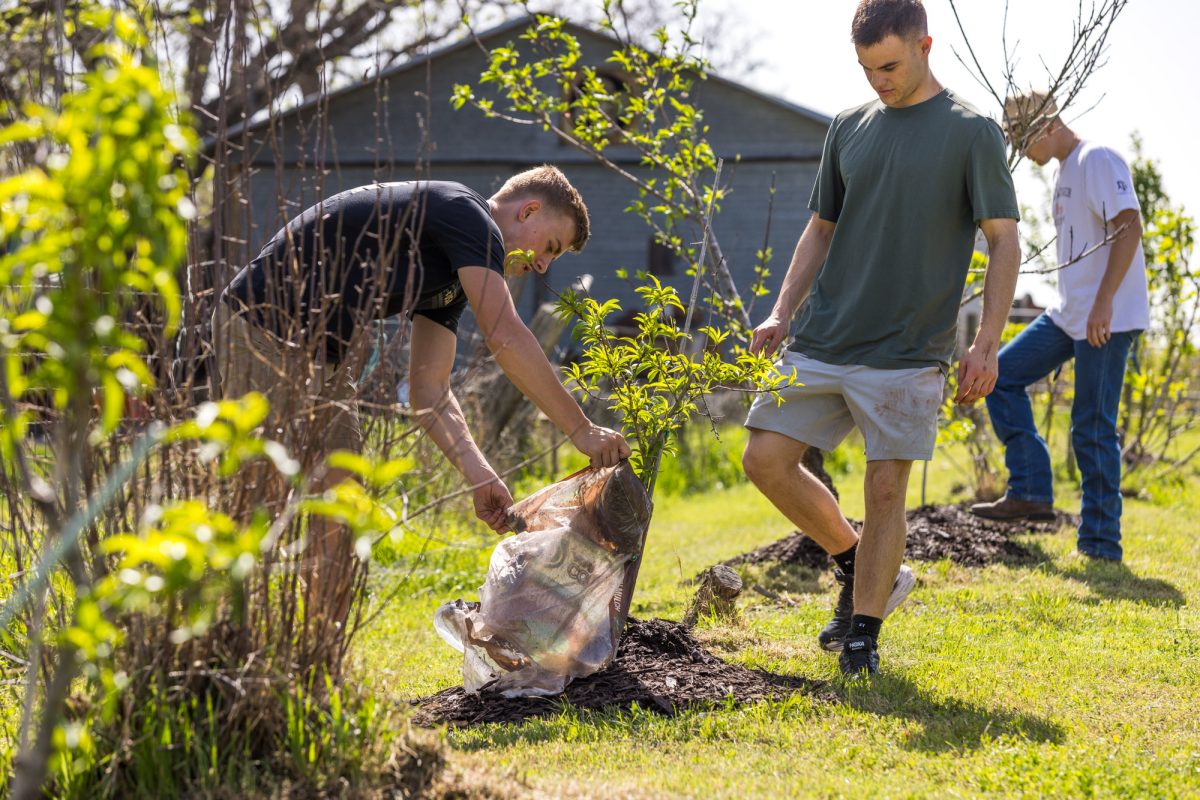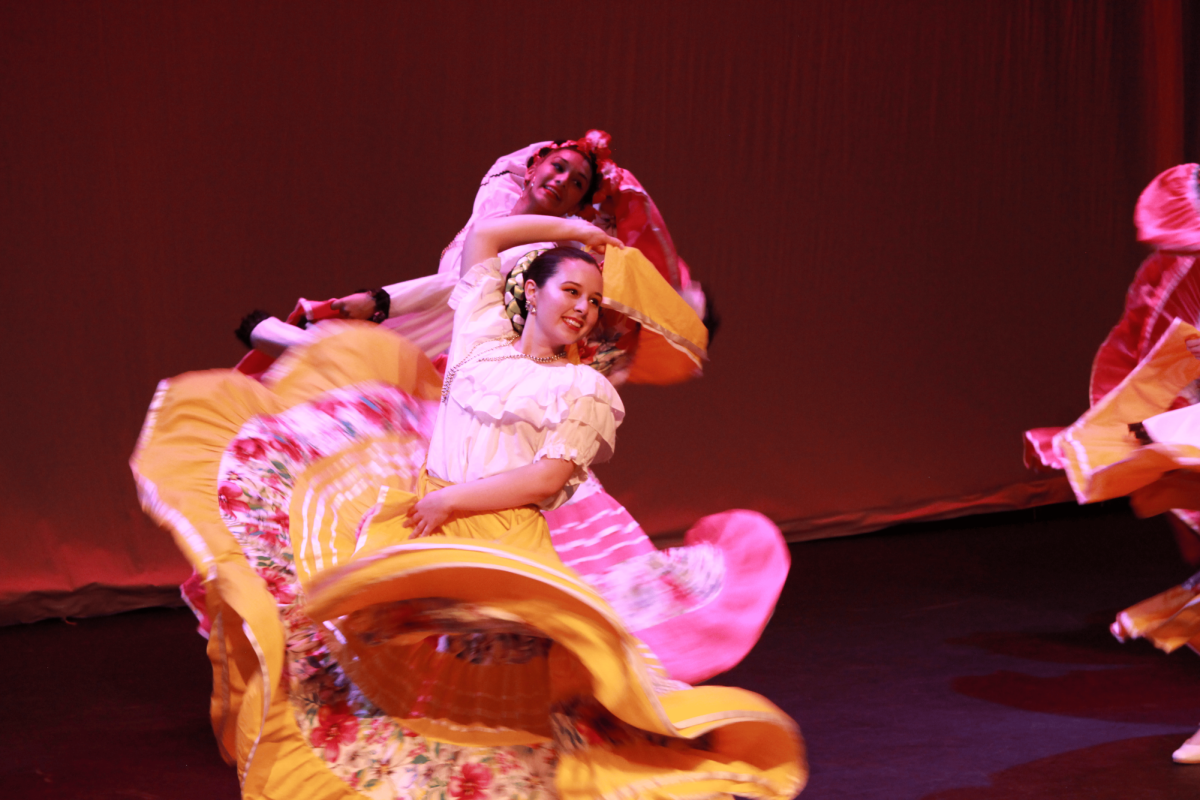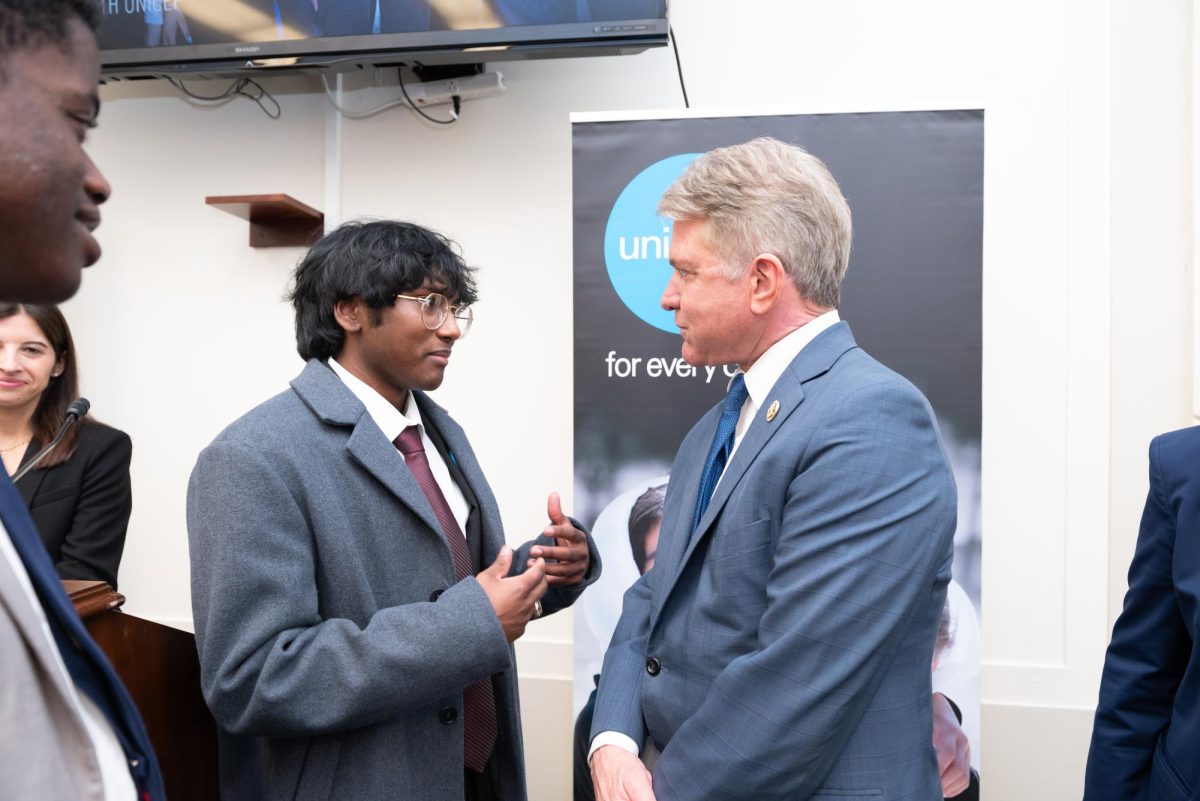Without a “stunt” pulled by Texas A&M electrical engineering students during the annual A&M-University of Texas rivalry football game in 1921, broadcast as it is known today might not exist.
About 50 feet away from the War Hymn statue hundreds of A&M fans pass on game days is a monument of a different kind. A historical marker at the northeast entrance to Kyle Field describes the 1921 broadcast and the attempts at play-by-play that came before it.
What began as experiments by electrical engineering students in A&M’s amateur radio club which operated under the call sign 5YA, now called W5AC, became instrumental to the current state of broadcasting, said the club’s historian David Gent, Class of 1975.
“It showed what was possible,” Gent said. “Christopher Columbus didn’t sail across on a gigantic cruise ship. He didn’t have any radios or anything. But somebody has to be first.”
The game in question was part of the annual rivalry series between A&M and the University of Texas, which in those days often decided the winner of the Southwest Conference. According to 12thman.com, the game resulted in a scoreless draw.
On game day, Harry M. Saunders and other members of the amateur radio club executed the broadcast using their station 5XB, the “X” designating it as an experimental station.
Despite the professional setting, Saunders couldn’t help but stoke the rivalry between A&M and Texas. In a 1954 article in The Battalion, Saunders described some of his press box antics meant to upset Texas fans.
“Texas had a star quarterback named, I believe, Elam,” Saunders said. “In reporting some of his plays, I would send, ‘Elam passes 50 yards.’ Then after half a minute just add, ‘Incomplete.’ Or ‘Elam long end run’ and several seconds later report, ‘No gain.’ I knew these reports were giving Texas supporters at the old play-o-graph board in Austin a bad afternoon.
“At one point in the game, the University operator wired us and asked if we couldn’t be a little less biased.”
The broadcast “was just like seeing the game, and lots more comfortable,” said a listener in Austin, according to the 2003 document “Early play-by-play radio broadcast of a Texas college football game” by Charles R. Schultz.
Although it was originally intended to be received by only the University of Texas’s club station 5XU, around 275 amateur operators ended up receiving the broadcast, Gent said.
“This became much bigger than what the students thought at the beginning,” Gent said. “They thought they would just have the station in Austin wanting to know the outcome of the game, but they really had people all over listening to it.”
The Bryan Daily Eagle ran a brief article announcing the game prior to the Thanksgiving Day matchup, and as a result, 5YA received “several dozen” requests from amateur operators for the list of abbreviations.
“Overnight we were doing a land office business,” club member William A. “Doc” Tolson wrote in a letter posted to W5AC’s website. “We ground the mimeograph until our arms ached, and we licked envelope flaps until I can still taste it. I suspect that Dr. [F.C.] Bolton’s stamp budget was over-expended for the next three years.”
The broadcast required an equal amount of effort from the listeners — a far cry from the broadcasts of today. Operators on the receiving end first had to translate Saunders’s Morse code into letters, then look at the abbreviation sheet to see what those letters and numbers meant before they understood the message.
One of those operators was W.P. Clarke, call sign 5ZAF in Waco, according to Tolson’s letter. Once he discovered the broadcast he was receiving was way ahead of the Associated Press’s account of the game, Clarke put a speaker in his car and drove to the local newspaper’s office and gave the crowd there an almost-live play-by-play from Kyle Field, causing a “near riot.”
“It really irritated the people at the newspaper in Waco because they were waiting for the account to come through from the Associated Press telegraph, which of course was not live,” Gent said. “Everybody in Waco started listening to the account of the game that we were sending.”
The 1921 broadcast wouldn’t have been possible without the groundwork laid by David J. Finn in 1920, when he attempted to make A&M’s amateur radio club the first to deliver a college play-by-play for the Aggies’ game at Oklahoma A&M, now known as Oklahoma State.
The game was Finn’s second attempt at play-by-play, according to Schultz’s document.
In the Aggies’ previous game against SMU in Dallas, he had arranged for a telephone hookup between SMU’s stadium and a stock-judging pavilion on Texas A&M’s campus. For 35 cents a piece, A&M fans could hear live reports of the game from A&M students Othman C. Thompson and Arthur C. Keith through an amplifier Finn had installed at the pavilion.
On a miniature football field he designed in the pavilion, Finn demonstrated each play relayed by Thompson and Keith.
That first attempt wasn’t enough for Finn, though, and he decided to change up the format of the broadcast for the Oklahoma A&M game.
He arranged for a ham operator in Blackwell, Okla., call sign 5ZZ, to send wireless reports to 5YA, which was housed in the Electrical Engineering Building, now Bolton Hall.
There, Tolson and Joe Woods would await the reports, and once received, Aubrey S. Legg would deliver a transcription of the plays to the waiting A&M fans at the pavilion.
The endeavor was ultimately a failure, though, as 5YA was unable to “raise” the Oklahoma station, according to Schultz’s document; Finn had to settle for telephone reports from A&M alum “Bean” Harkrider.
“Nothing is said in the reports of this event about a special code or set of abbreviations for the transmission,” the document reads. “Thus, it was not likely intended to be a true play-by-play account but probably similar to the frequent summaries sent by the Associated Press to newspapers.”
Although Finn didn’t achieve his goal, the effort was far from over. With lessons learned from his predecessor, Tolson took over the reins when Finn graduated.
After Finn’s attempts, A&M’s amateur radio club received so many requests to provide the final score of the Thanksgiving Day game to stations across the southwest that Tolson and his cohorts decided to go all-in and provide play-by-play in real-time, according to a Nov. 26, 1953, article in The Battalion.
First, for this to be possible, the students needed a transmitter. They had to make it themselves.
The club members started by stealing a high-voltage transformer from Professor O.B. Wooten’s office that had been built by two-year engineering students, according to a letter written by Tolson.
There, the plan hit a snag. The transmitter needed a motor. An electric desk fan with a “beautiful overgrown motor” in Professor W.G. James’s office was perfect for the job, but James refused to allow his fan to be placed in winter storage until the weather got cool.
Fate lent the students a hand.
“If my memory does not play me tricks, fate intervened in favor of science,” Tolson said in a Nov. 8, 1979, article in The Battalion. “It seems that the fan accidentally fell out of the window, where it had been carelessly placed by someone. When the fan was retrieved from the sidewalk, it was found that the blades were hopelessly damaged. There was no reason, however, why the motor could not serve a useful purpose as the prime mover for a rotary spark gap.”
New hurdles were leapt on the way to the finish line of a live broadcast. With most of their equipment housed at Bolton Hall, which now houses the Department of Communication, they had no way to control their transmitter from Kyle Field. And since vocal broadcasts weren’t yet plausible, they had to rely on Morse code to relay each play of the game. Typing each individual letter of every word would take too much time, so they needed a way to quickly transmit the information.
To solve their first issue, the students decided to run a pair of twisted wires, obtained from the Signal Corps, from the then-Electrical Engineering Building to Kyle Field, where Saunders would operate the key on game day.
The abbreviations absent from the 1920 attempt — which kept it from being a “true” play-by-play account — were a key part of the 1921 broadcast and helped in solving the club’s second issue to make play-by-play a reality.
Saunders worked with an assistant of then-head football coach Dana X. Bible to create the code, according to Tolson’s letter. Saunders’s abbreviations would speed up the transmission of the plays and be able to keep up with the pace of the game.
“Harry was by far our best operator, having had considerable experience as an A.P. operator, and he had a beautiful ‘fist,’” Tolson wrote in 1947. “He was an enthusiastic ham, and we sat out many a watch together until the wee sma’ hours when we got tangled with a real DX station.”
Saunders and Bible’s assistant created a list of shorthand to describe each gametime scenario. A message of “TB A 45 Y” meant “Texas’s ball on the Aggies’ 45-yard line,” and “T FP 8Y L” meant “Texas forward pass for an eight-yard loss.”
Once the students had set up the key at Kyle Field, they ran into another issue. Without a receiver on his end, Saunders couldn’t hear what he typed into the key.
“Most radio operators and telegraph operators have to hear what they’re sending,” Gent said. “Otherwise, they’re just tapping, and they hope they get it right.”
The solution to this issue was simple. The students wired a receiver from Bolton Hall to Kyle Field so Saunders could hear the feedback of the transmission. That made the setup “perfect,” Tolson wrote.
Although the broadcast was historic for A&M, it missed out on being the first of its kind by just a month.
In October of 1921, Pittsburgh commercial station KDKA broadcast a college football game between Pittsburgh and West Virginia, becoming the first to do so. However, A&M still made history as its broadcast was the first done by an amateur station, Gent said, sparking an increase in interest in live radio broadcasting.
“People liked the idea of getting live accounts of things,” Gent said. “Football is just one of them, but it rapidly moved to election returns or crop reports or weather. Imagine today if you didn’t get weather reports on time, if you found out two days later what the weather forecast was. It was information that people wanted to get, and they didn’t want to wait. Once they saw that it was possible, they didn’t want to wait.”
The A&M amateur radio club’s stint with sportscasting essentially ended after that 1921 broadcast, Gent said, because the club knew its role was remaining in the amateur side of radio rather than branching out and commercializing the business.
“People had to see a demonstration of what was possible, and that’s where we played a part,” Gent said. “We had something that nobody had ever thought about doing. And then after that, other people did it.”
A campus club’s historic stunt
April 15, 2021
Photo by Photo by Abbey Santoro
A historical marker outside Kyle Field, erected in 2005, details a play-by-play broadcast of a 1921 Texas A&M – University of Texas football game.
0
Donate to The Battalion
$1965
$5000
Contributed
Our Goal
Your donation will support the student journalists of Texas A&M University - College Station. Your contribution will allow us to purchase equipment and cover our annual website hosting costs, in addition to paying freelance staffers for their work, travel costs for coverage and more!
More to Discover




